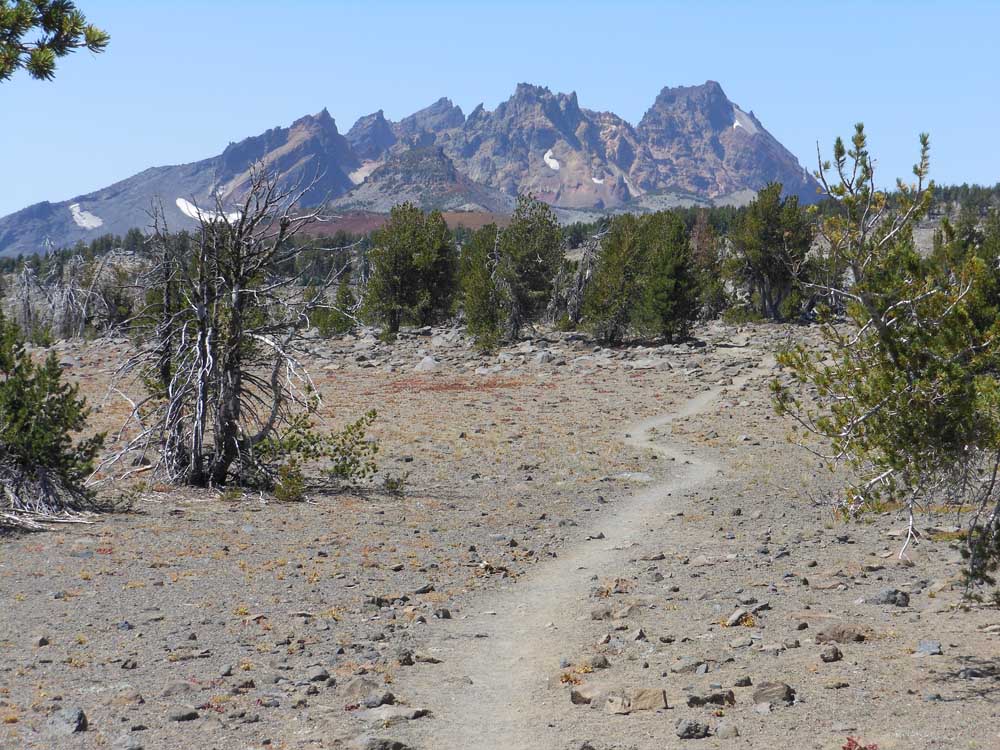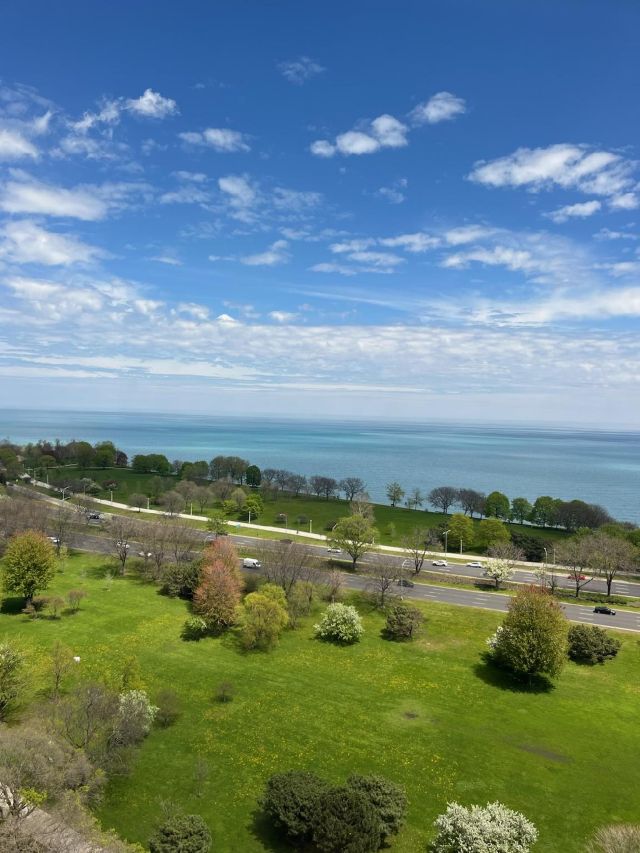Wilderness permits to be required at fewer trailheads
Published 12:00 am Saturday, May 11, 2019

- The trail leads toward Broken Top from near the top of Tam McArthur Rim in 2018. Starting June 15, permits will be required to access trailheads in wilderness areas in the Cascades.
The Deschutes and Willamette national forests have reduced the number of wilderness trailheads that will require day-use permits starting in 2020.
A final decision was issued Friday for the Central Cascades Strategy Project, a sweeping two-year effort to evaluate overuse issues in portions of five wilderness areas spread across the two national forests. The decision takes effect in summer 2020.
A draft decision was issued in November, and 90 people filed objections before the comment period ended in December. Meetings with objectors were held in February.
The objections represented a range of perspectives, according to Jean Nelson-Dean, spokeswoman for the Deschutes National Forest.
“There were people who felt there was too much access. People who felt there was not enough access. There were people who wanted to exclude certain uses,” she said.
Ultimately, the Forest Service reduced the number of trailheads requiring day-use permits from 30 to 19.
From about Memorial Day through September, wilderness day use will be managed with a permit-based quota system at 19 of 79 trailheads across Mount Jefferson, Mount Washington and Three Sisters wilderness areas.
Popular trails requiring day-use and overnight permits will include Devils Lake/Wickiup, Green Lake/Soda Creek, Todd Lake, Broken Top and Tam McArthur Rim. For example, the Green Lake/Soda Creek trail will have a maximum of 14 overnight group and 80 day-use individual permits issued, according to the decision.
“What we’ve tried to do is treat all users equally and spread access out across space and time,” Nelson-Dean said.
During the same period, overnight use will be managed through a permit system at all 79 trailheads. Waldo Lake and Diamond Peak Wilderness areas will have no day-use or overnight limits.
For day use and overnight use, some permits will be available to reserve while others will be issued as next-day or same-day permits. The permit system will balance the needs of visitors planning trips, as well as visitor spontaneity, according to the Forest Service.
The project began in winter 2016, after both forests experienced significant increases in visitation from 2012 to 2016. During that time, visits to the Three Sisters Wilderness increased by more than 180%, with some trailheads experiencing increases between 300% and 500%.
Next up, the Forest Service will look at permit costs.
— Reporter: 541-383-0325, gandrews@bendbulletin.com






